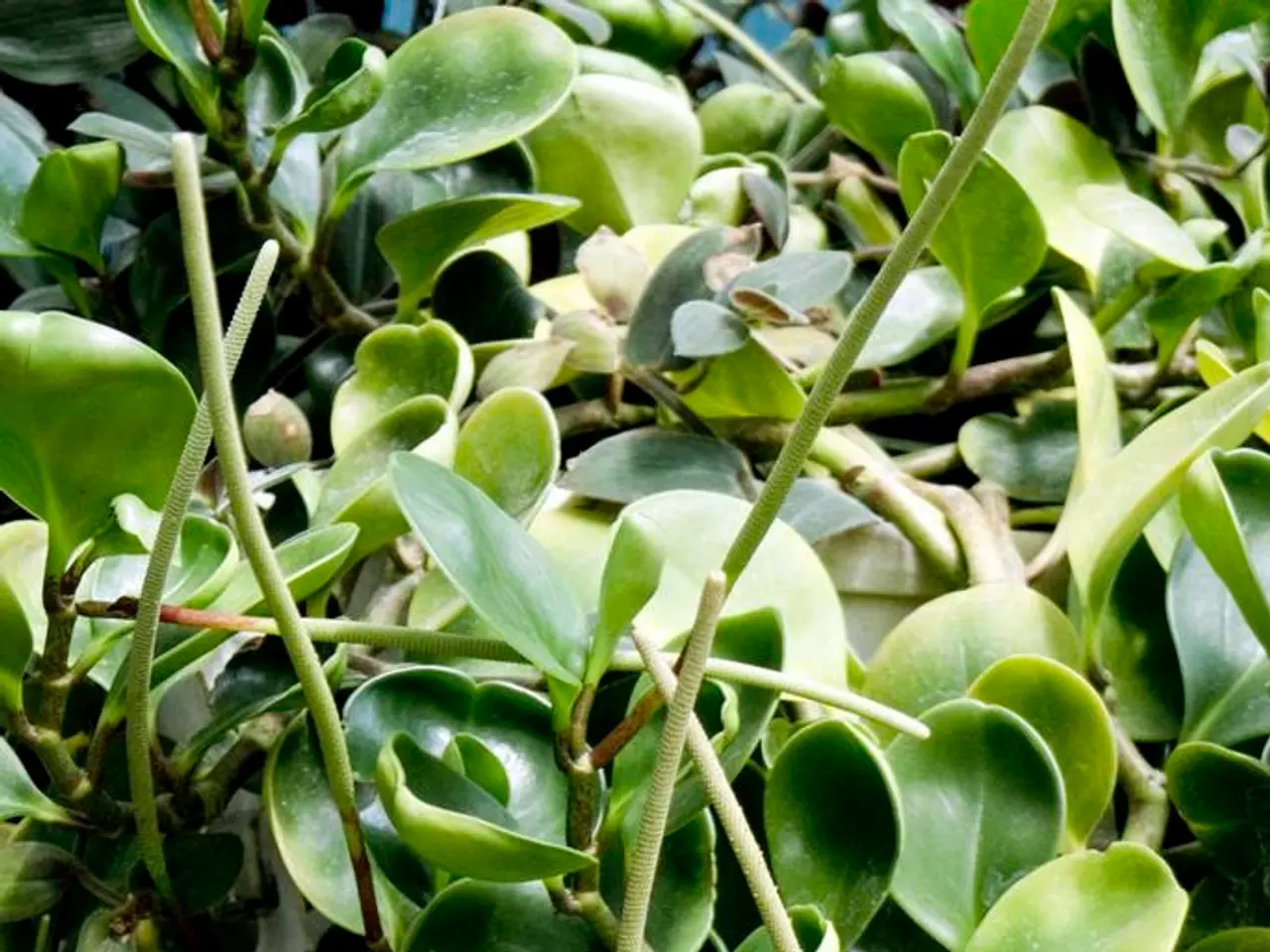Strategies to Reduce Water Usage in Your Lawn and Flower Beds
In the quest for a sustainable garden, water conservation is a key aspect. Here are some practical tips to help you conserve water while maintaining a thriving garden.
Firstly, re-using water from various sources such as aquariums, laundry, baths, vegetable washing, and dish washing can be beneficial for gardening. This practice can help reduce the amount of fresh water used, making your garden more eco-friendly.
However, it's important to note that leaks in hoses, faucets, and other garden tools can waste over 6,000 gallons of water per year. Regular checks and proactive repairs can help prevent such wastage.
When it comes to plant selection, native plants are generally more water-efficient than exotic plants because they are adapted to the local climate, soil, and rainfall patterns. Their deep root systems and physiological adaptations make them more drought-resistant and able to thrive with less supplemental watering compared to non-native species.
By choosing native plants, you can enjoy reduced irrigation needs, lower maintenance, improved soil health and erosion control, support for local biodiversity, and environmental benefits. Native plants require significantly less water once established, reducing water use over the long term. They are also adapted to local soil and climate conditions, which reduces the need for extra fertilizer and water inputs.
Mulching is another effective water-saving technique. Applying mulch on moist soil and watering regularly can improve its effectiveness. Coarse mulch materials are recommended for water penetration. However, be aware that fine mulches can clump together and form a water-resistant barrier.
Rainwater can be easily collected using barrels, rain barrels, or large food-grade plastic containers connected to gutters via downspouts. Collected rainwater should be covered to prevent contamination.
Different types of pots have different water retention properties. Unglazed terracotta pots lose moisture quickly and require more frequent watering, while glazed pots are suitable for gardens in hot, dry environments as they help retain moisture. Metal planters, on the other hand, heat up quickly and lose water through evaporation.
Gray water from baths or laundry is suitable for hydrating plants, provided it doesn't contain chemical-laden cleaning products high in sodium or borax. Pond or aquarium water is rich in nutrients plants need to grow.
Lastly, an automatic rain-shutoff device can control the amount of rain entering an irrigation system, preventing over-watering and saving water for future use. Regular garden maintenance checks every week can help prevent the recurrence of leaks.
By implementing these water-saving tips, you can create a beautiful and sustainable garden that thrives while conserving water. Happy gardening!
[1] Native Plants for a Sustainable Garden [2] Water-Saving Tips for Gardening [3] The Benefits of Using Native Plants in Your Garden
[1] Incorporating native plants into your home-and-garden lifestyle can contribute to a more sustainable garden by reducing water usage. [2] With less frequent watering required due to their water-efficient nature, native plants also help optimize gardening practices.







